Kolory odgrywają niezwykle istotną rolę w marketingu i projektowaniu marki, szczególnie w branży spożywczej. Mają one zdolność wywoływania emocji, wpływania na postrzeganie produktów oraz podejmowanie decyzji zakupowych przez konsumentów. Zrozumienie psychologii kolorów pozwala markom na tworzenie silniejszych i bardziej atrakcyjnych działań marketingowych.
Wiele osób na co dzień nie zastanawia się nad tym, że każdy kolor inaczej wpływa na nas i na decyzje zakupowe. W marketingu jest to szalenie przydatna wiedza. Dlaczego? Dzięki temu jesteśmy w stanie projektować marki w taki sposób, aby wywołać w odbiorcach oczekiwane emocje.
Oto kilka najważniejszych kolorów i ich znaczenie w kontekście marek spożywczych:
Czerwony: Symbolizuje energię, pasję i podekscytowanie. Często używany do przyciągania uwagi i wywoływania emocji związanych z apetytem. Idealny dla marek, które chcą podkreślić intensywność smaku lub emocji.
Zielony: Kojarzy się ze zdrowiem, świeżością i naturą. Często wybierany przez marki spożywcze promujące produkty organiczne, naturalne lub zdrowe.
Niebieski: Utożsamiany z zaufaniem, spokojem i profesjonalizmem. Choć rzadko stosowany w przypadku opakowań żywności, może być używany w kontekście marek promujących wodę lub produkty mrożone.
Żółty: Wzbudza uczucie radości, optymizmu oraz ciepła. Może być użyty do podkreślenia lekkości i przyjaznej natury marki.
Czarny: Reprezentuje elegancję, luksus i nowoczesność. Często stosowany przez marki premium.
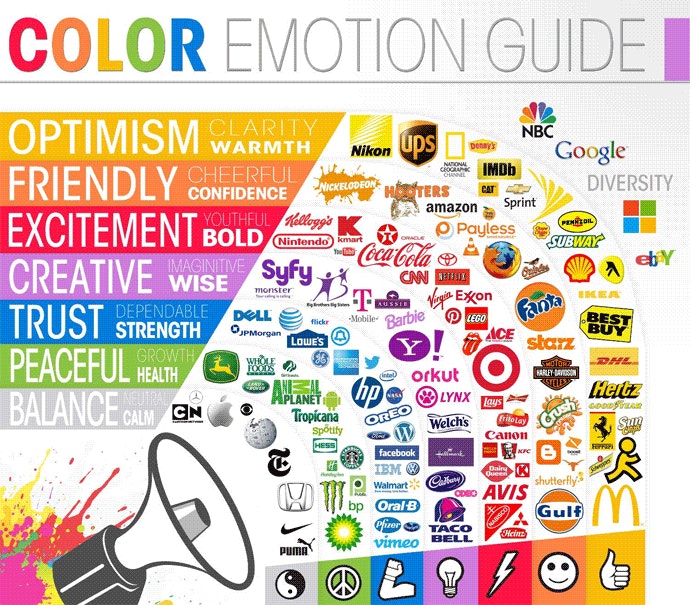
źródło: thelogocompany.net
Kolory mają zdolność do wpływania na to, jak konsumenci postrzegają markę, co z kolei wpływa na decyzje zakupowe. Warto pamiętać, że jest to ważne nie tylko w projektowaniu logotypu czy księgi znaku, lecz również w bieżącej komunikacji marketingowej. Marka na każdym poziomie powinna być spójna. Tylko wtedy zapadnie w pamięć odbiorcom.
Poniżej znajdziesz kilka przykładów marek, które na pewno doskonale kojarzysz. Są to przykłady doskonale zaprojektowanych marek, nie tylko pod kątem storytellingu i strony produktowej, lecz również odpowiedniego doboru kolorów.
Coca-Cola
Coca-Cola to klasyczny przykład marki, która skutecznie wykorzystuje kolor czerwony. Czerwień w połączeniu z białym logo jest rozpoznawalna na całym świecie i kojarzy się z radością oraz przyjemnością picia tego napoju. Czerwony podkreśla energię i emocje, co jest spójne z kampaniami marketingowymi marki, zachęcającymi do dzielenia się radością.
Co ważne — Coca-Cola od lat konsekwentnie trzyma się wybranych kolorów, co widać na poniższych przykładach.
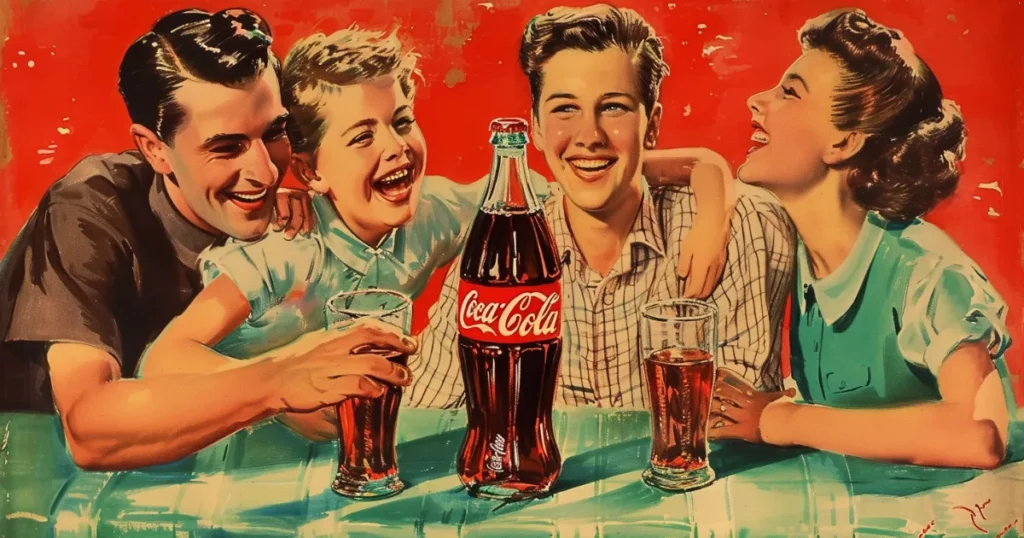
źródło: www.historyoasis.com/post/sign-of-good-taste
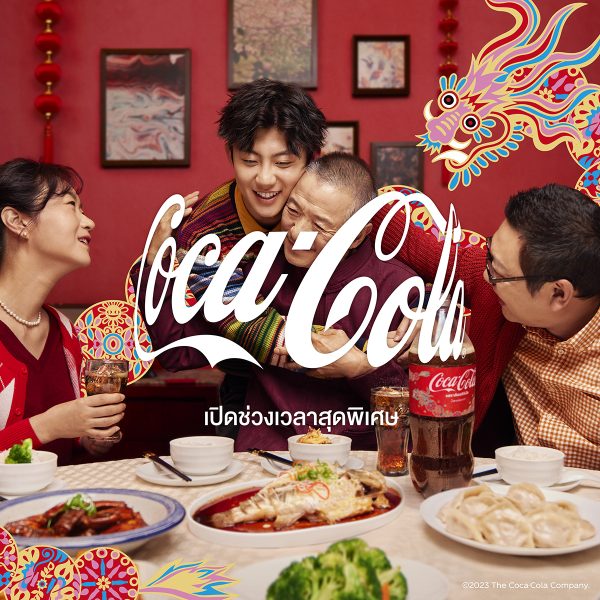
źródło: www.thaipr.net
Whole Foods Market
Ta amerykańska sieć sklepów spożywczych doskonale wykorzystuje zielony kolor, aby podkreślić swoje zaangażowanie w oferowanie produktów organicznych i naturalnych. Zielony kolor nie tylko komunikuje świeżość i zdrowie, ale także buduje zaufanie wśród klientów, którzy poszukują ekologicznych opcji żywnościowych.
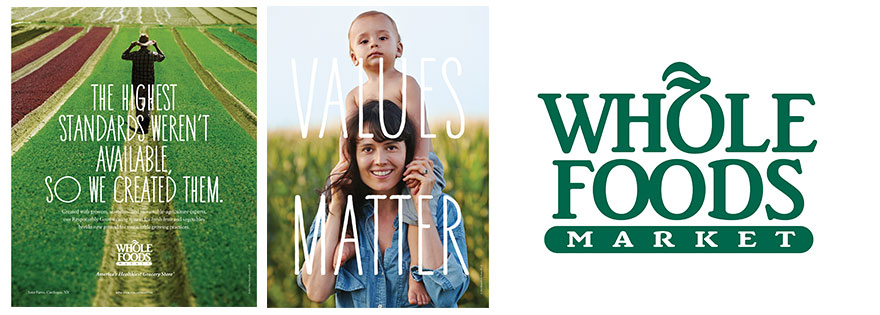
źródło: andnowuknow.com
Tiffany & Co.
Choć nie jest to marka spożywcza, lecz jubilerska, to jest to świetny przykład doskonale zbudowanej strategii. Jest także doskonałym przykładem na to, jak kolor może stać się częścią tożsamości marki. Ich charakterystyczny niebieski, znany jako “Tiffany Blue”, jest symbolem luksusu i wyrafinowania. W kontekście spożywczym, podobną strategię mogą przyjąć marki premium oferujące ekskluzywne produkty spożywcze.
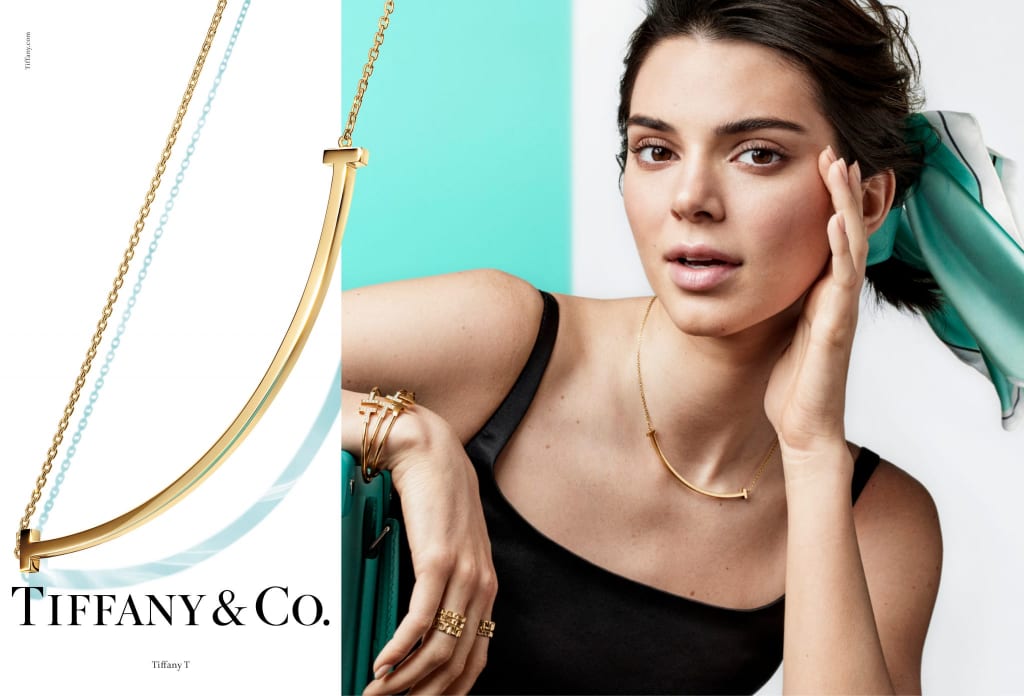
źródło: www.professionaljeweller.com
Psychologia kolorów jest potężnym narzędziem, które potrafi znacząco wpłynąć na odbiór marki przez konsumentów. Przemyślane wykorzystanie kolorów może zwiększyć atrakcyjność marki, zbudować jej tożsamość oraz wpłynąć na decyzje zakupowe klientów. Przykłady takie jak Coca-Cola, Whole Foods Market czy Tiffany & Co. pokazują, jak efektywne może być zastosowanie koloru w budowaniu świadomości i lojalności wobec marki. W branży spożywczej, gdzie emocje i apetyt odgrywają kluczową rolę, zrozumienie i zastosowanie psychologii kolorów jest nie tylko korzystne, ale wręcz niezbędne do osiągnięcia sukcesu.
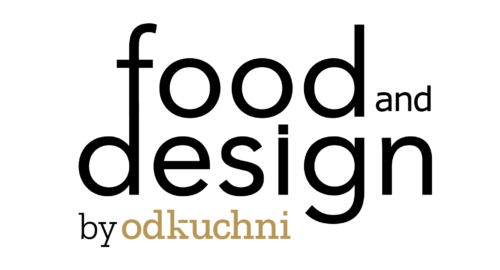

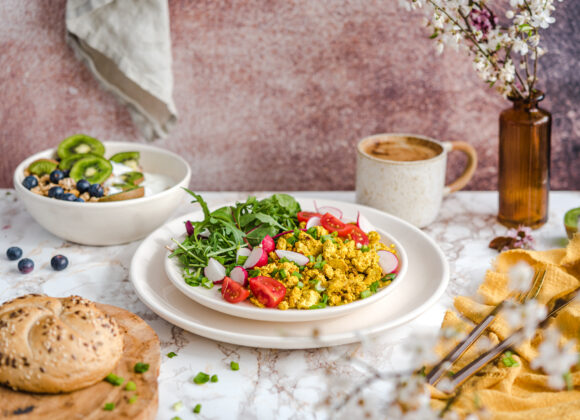
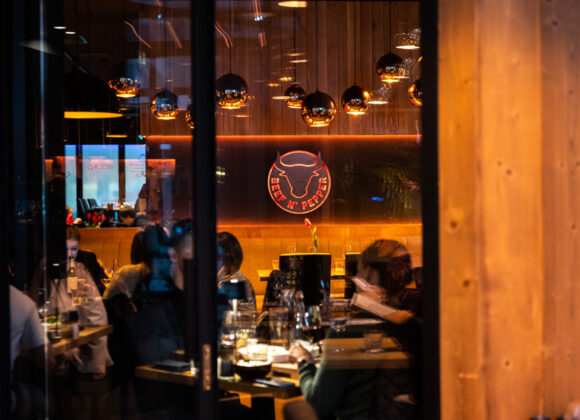






 Młodszy specjalista ds. komunikacji marketingowej i PR.
Młodszy specjalista ds. komunikacji marketingowej i PR.


 Absolwent Uniwersytetu Warszawskiego oraz Szkoły Głównej Gospodarstwa Wiejskiego. W branży HoReCa od ponad 10 lat. Przez lata związany z Grupą Trip, Sobienie Królewskie Golf and Country Club oraz restauracją Florentin w Warszawe.
Absolwent Uniwersytetu Warszawskiego oraz Szkoły Głównej Gospodarstwa Wiejskiego. W branży HoReCa od ponad 10 lat. Przez lata związany z Grupą Trip, Sobienie Królewskie Golf and Country Club oraz restauracją Florentin w Warszawe. Absolwentka Wydziału Architektury Politechniki Warszawskiej na kierunku Architecture for Society of Knowledge oraz Komunikacji Wizualnej na Politecnico di Milano. Specjalistka od budowania nastroju. Doświadczenie zdobywała w kraju i zagranicą podczas licznych warsztatów międzynarodowych (Sevilla, Lizbona, Florencja), stypendium na La Sapienza (Rzym) oraz pracując m.in. w Carmi e Ubertis i ADM Milano.
Absolwentka Wydziału Architektury Politechniki Warszawskiej na kierunku Architecture for Society of Knowledge oraz Komunikacji Wizualnej na Politecnico di Milano. Specjalistka od budowania nastroju. Doświadczenie zdobywała w kraju i zagranicą podczas licznych warsztatów międzynarodowych (Sevilla, Lizbona, Florencja), stypendium na La Sapienza (Rzym) oraz pracując m.in. w Carmi e Ubertis i ADM Milano.








 Menedżer z wieloletnim doświadczeniem w branżach kosmetycznej, spożywczej, dziecięcej. W trakcie swojej kariery związany z firmami takimi jak: L’Oreal, Samsung, Danone-Nutricia, Unilever. W ciągu swojego życia zawodowego odpowiadał między innymi za rozwój sprzedaży i contentu eCommerce w Polsce i krajach Europy Środkowo-Wschodniej.
Menedżer z wieloletnim doświadczeniem w branżach kosmetycznej, spożywczej, dziecięcej. W trakcie swojej kariery związany z firmami takimi jak: L’Oreal, Samsung, Danone-Nutricia, Unilever. W ciągu swojego życia zawodowego odpowiadał między innymi za rozwój sprzedaży i contentu eCommerce w Polsce i krajach Europy Środkowo-Wschodniej. 

























































